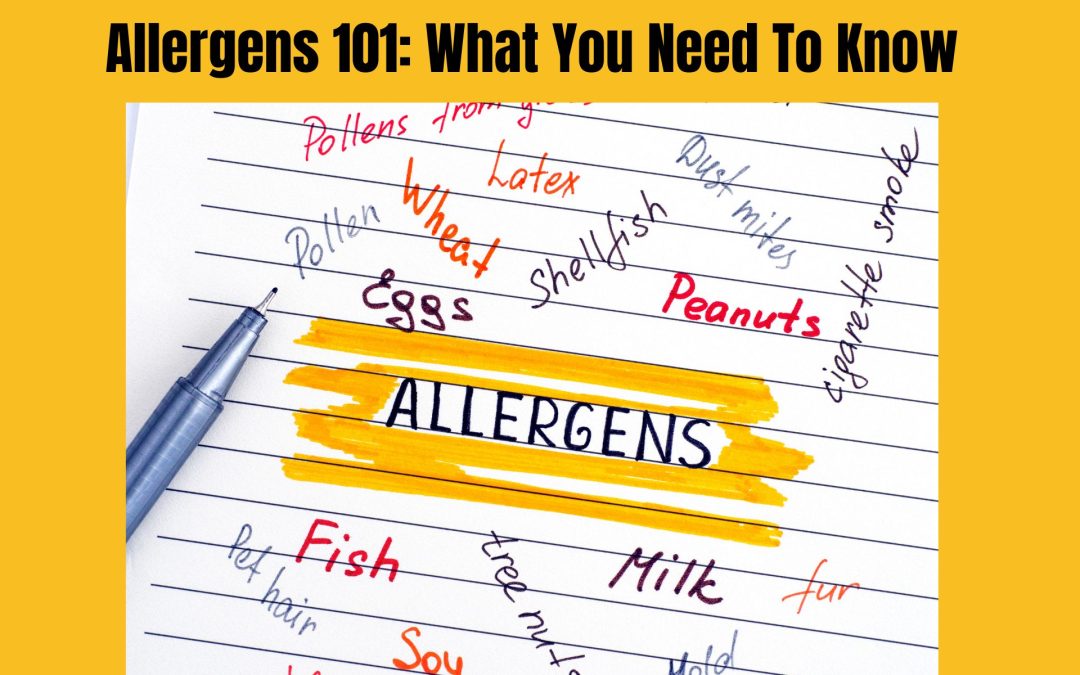If you frequently bring treats for your children’s activities and schooling, chances are you’re realizing chocolate chip cookies aren’t going to cut it. Children are facing more and more food allergens, with a whopping estimate of 5.6 million children under 18. With this in mind, it’s important to know a little more info about what these allergens mean, and what ingredients to avoid and use instead.
Gluten Free Diets
Also known as Celiac disease, this auto-immune disorder is a reaction to the body attacking itself. Gluten refers to the gluten protein, which is found in rye, barley, wheat, and spelt. Most breads and baked goods contain some form of gluten, making it difficult for children with gluten allergies. A lot of food items contain gluten, including breads, pasta (wheat-based), cereals, flavored chips, candy, crackers and some salad dressings and soy sauce. If a child has celiac disease, they will abstain from any and all gluten, while there are some children who may have a gluten sensitivity. This sensitivity may limit how much gluten they can eat in a day or a period of time, but don’t have to completely eliminate it from their diet. There are a wide range of products available that are gluten free nowadays, including baked goods and even pasta. There are also multiple kinds of flour you can use in baking that are gluten free, including tapioca (most often used), almond, buckwheat, sorghum, and more.
Peanut Allergens
Many children will suffer from peanut allergens, allowing no trace of nuts to be found in their snacks. For many people with peanut allergens, even a tiny trace of nuts can cause allergic reactions, ranging from hives, swollen and puffy skin, itching, tingling of the skin and mouth, runny nose, diarrhea, nausea, vomiting, tightening of the throat, and shortness of breath. If buying products for activities, be sure to check the ingredient list as well as the short alert after that which explains what the product could also be exposed to. Some products may not contain peanuts, necessarily, but may have come into contact with peanuts or other nuts while being manufactured and processed. This cross-contamination could still be enough to trigger allergic reactions in children, so be sure to avoid these products.
Vegan/Vegetarian
Children may experience allergies to milk and dairy products, or are following a vegan or vegetarian diet. Leading a vegetarian diet revolves around not eating meat, but eating dairy and eggs. A vegan diet involves not eating any meat or by-products of animals, which includes milk, butter, eggs, and in some cases, honey. With allergies, it is most likely a sensitivity to dairy products such as milk and butter, with many of these ingredients having handy replacements. There are a wide range of milk and butter alternatives, including almond milk, oat milk, soy milk, and many butters using the same non-dairy ingredients.
No matter what allergens your child’s school is facing, be prepared for a handy list of what can and can’t be used when baking and preparing snacks. There are a wide range of differing allergen-free foods available today, making the choice even easier for your hectic schedule!
Katie Kyzivat

